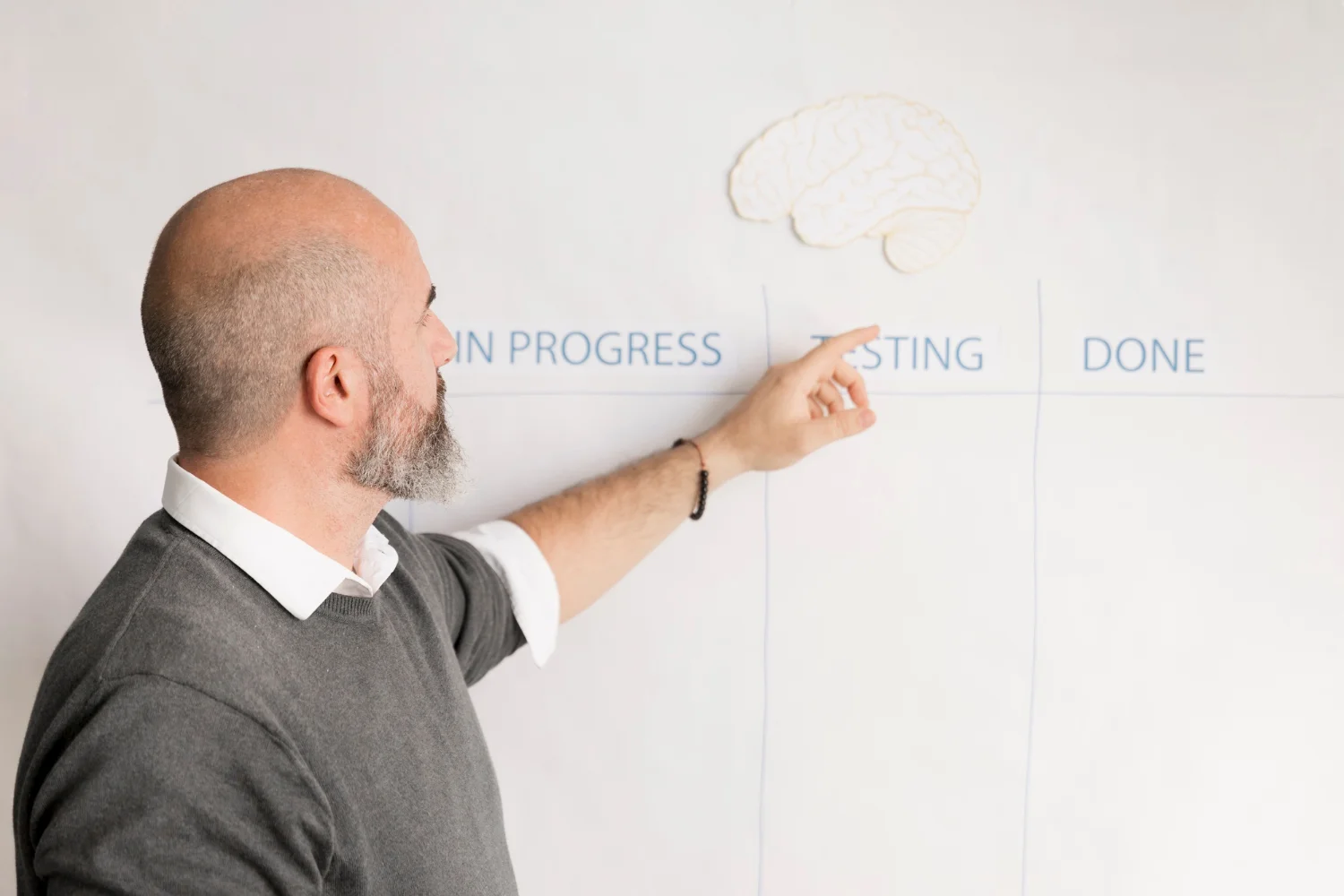A Story of Shadows and Discovery
It was just before dawn when Lina stepped into the old library, its silence thick as mist. She had been searching for answers about patterns she couldn’t explain, the feeling that unseen forces shaped her choices. The journals she discovered spoke of schedow, a concept whispered through generations. It wasn’t a religion, nor a science. It was something in between a map of how unseen energies shape our inner and outer worlds.
As the morning light filtered through cracked glass, Lina realized she wasn’t chasing mystery. She was tracing her own reflection through time. Schedow was about perception, the dance between what is visible and what lies beyond the surface. That moment of awakening marked the beginning of her transformation and the theme of this article.
Understanding the Essence of Schedow
Beyond Definition: A Deeper Lens
Schedow cannot be confined to a dictionary entry. It stands at the crossroads of awareness and transformation, exploring how individuals interact with unseen dynamic energies, emotion, and purpose. The essence of schedow lies in recognizing how light and shadow coexist, shaping identity and decision-making. It invites introspection without demanding belief, offering instead a framework for harmony between what we know and what we feel.
Roots in Reflection and Renewal
Though schedow is a modern term, its philosophy echoes through ancient traditions. Civilizations across history, Greek, Chinese, and Indian, spoke of balance, duality, and the interplay of darkness and illumination. Schedow captures this ancient wisdom in a contemporary context, reminding us that growth is born from contrast. To understand one’s schedow is to accept both strength and vulnerability as equal parts of being.
The Role of Schedow in Modern Life
A Mirror for Mental Clarity
In today’s world of overstimulation, schedow offers clarity. It helps people pause, reflect, and reconnect with their authentic core. By acknowledging the unseen influences that guide choices, intuition, fear, and desire, schedow becomes a mental mirror, fostering self-awareness and emotional intelligence. Its practice encourages mindfulness without detachment, introspection without isolation.
A Framework for Personal Balance
Schedow’s principles can be applied practically. In workplaces, it cultivates empathy and deeper communication. In creative fields, it nurtures flow and originality. For those navigating change, schedow becomes a compass pointing toward equilibrium. It doesn’t promise perfection; it teaches adaptability. By aligning thought and action with unseen purpose, individuals experience a sense of grounded freedom.
The Interplay of Shadow and Illumination
Why Darkness Matters
Many fear darkness, associating it with confusion or pain. Yet schedow reminds us that darkness is fertile ground for insight. When light meets shadow, truth reveals itself in depth and contrast. Ignoring our shadows creates fragmentation, while embracing them cultivates wholeness. Schedow teaches that acknowledging what we hide gives meaning to what we show.
Harnessing Inner Light
Just as night yields to dawn, the light within every individual can transform perception. Through reflection and intentional awareness, schedow guides people toward a balanced internal ecosystem. It’s not about escaping difficulty; it’s about transforming it into wisdom. The more we engage with our hidden layers, the more resilient and authentic we become.
Applying Schedow for Growth and Purpose
From Awareness to Action
Understanding schedow conceptually is only the beginning. The next step is integration, bringing awareness into daily action. Journaling, meditation, or creative expression can serve as tools for exploring one’s inner landscape. Every decision made with awareness of schedow becomes an act of alignment, bridging inner truth with outward expression.
The Ripple Effect on Relationships
When practised collectively, schedow reshapes communities. It fosters compassion, patience, and shared understanding. People begin to listen not just to words but to the silence between them. Teams collaborate with emotional intelligence. Relationships deepen, rooted in honesty rather than appearance. The impact of schedow, when embraced socially, extends far beyond the self.
Challenges on the Path to Understanding
Facing Resistance and Fear
Exploring schedow often means confronting internal resistance. Society tends to celebrate certainty, while schedow thrives in ambiguity. This discomfort is part of the process; it signals transformation. Embracing not-knowing becomes a strength rather than a weakness, allowing individuals to evolve with fluidity instead of rigidity.
Staying Grounded in Practice
Like any philosophy, schedow can lose depth if treated superficially. The goal isn’t to label or define everything; it’s to observe, feel, and integrate. True understanding comes from consistent reflection and an ongoing dialogue between self and environment. Staying grounded ensures schedow remains a living, breathing guide rather than a fixed idea.
Conclusion: Walking with the Unseen
In the quiet of reflection, we begin to understand that life’s richness lies in contrast to the light that defines shadow, the shadow that gives light its meaning. Schedow is not about perfection or clarity; it’s about presence. By embracing the unseen within and around us, we move closer to wholeness, authenticity, and peace.
Just as Lina discovered in that forgotten library, the journey toward understanding schedow is deeply personal yet universally resonant. It asks us to look beyond what we see and listen to what we feel. In that delicate balance between illumination and obscurity, we find not just knowledge but wisdom.


